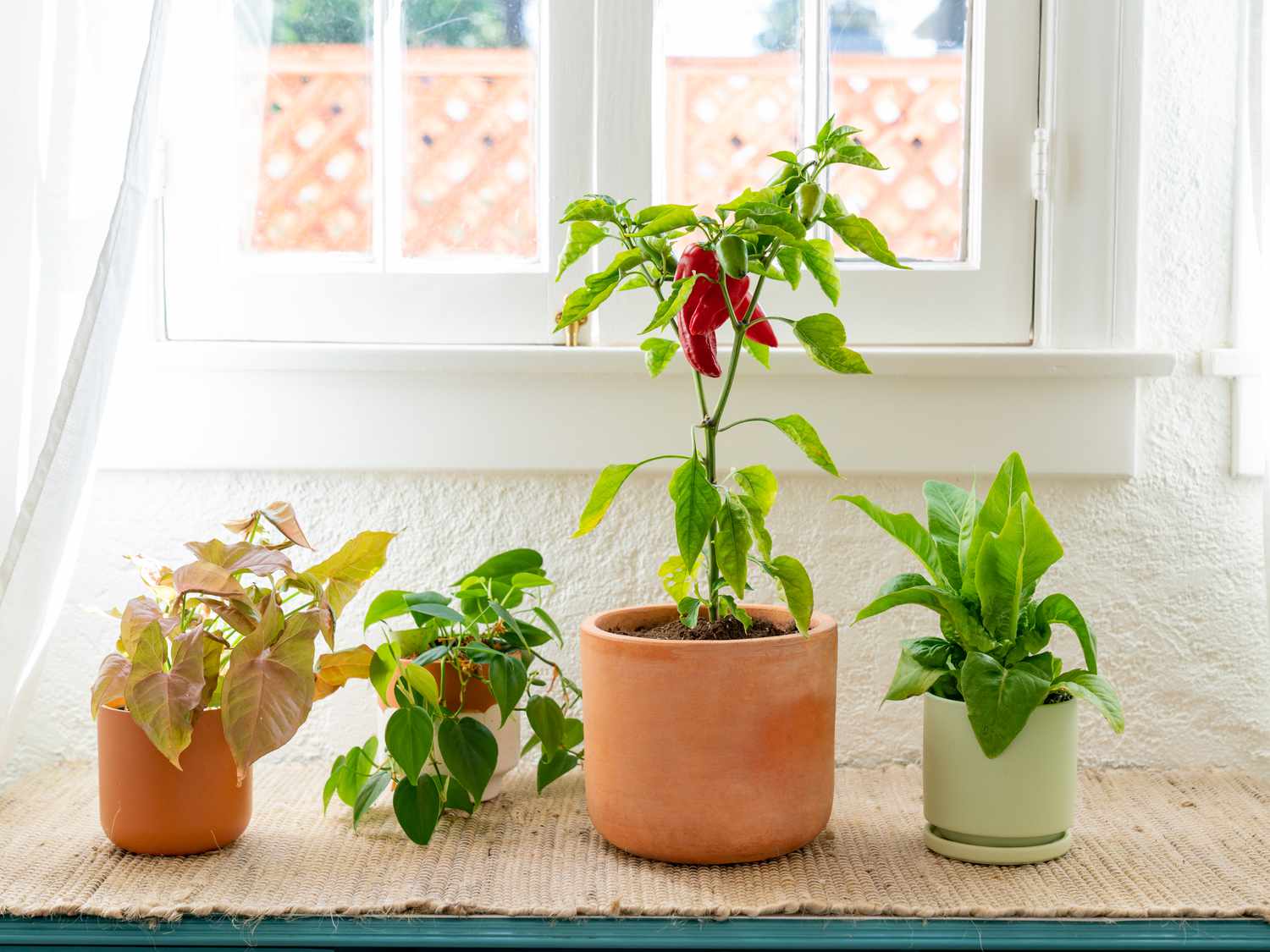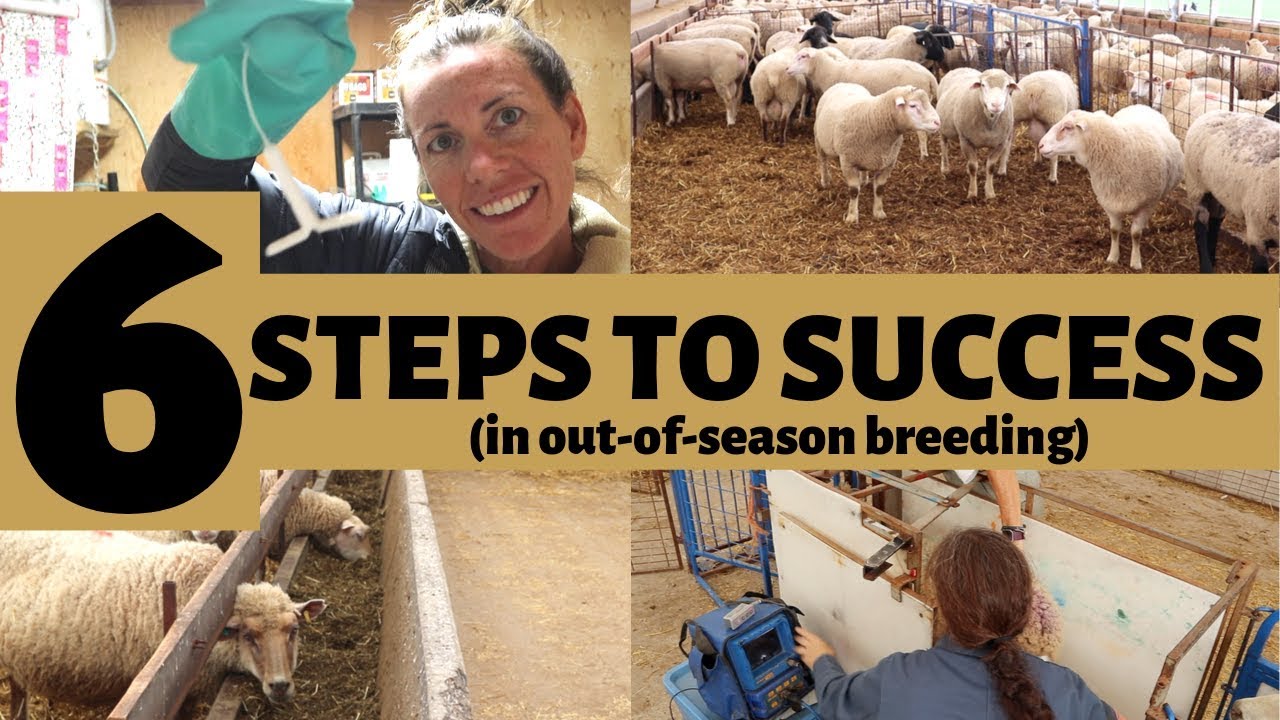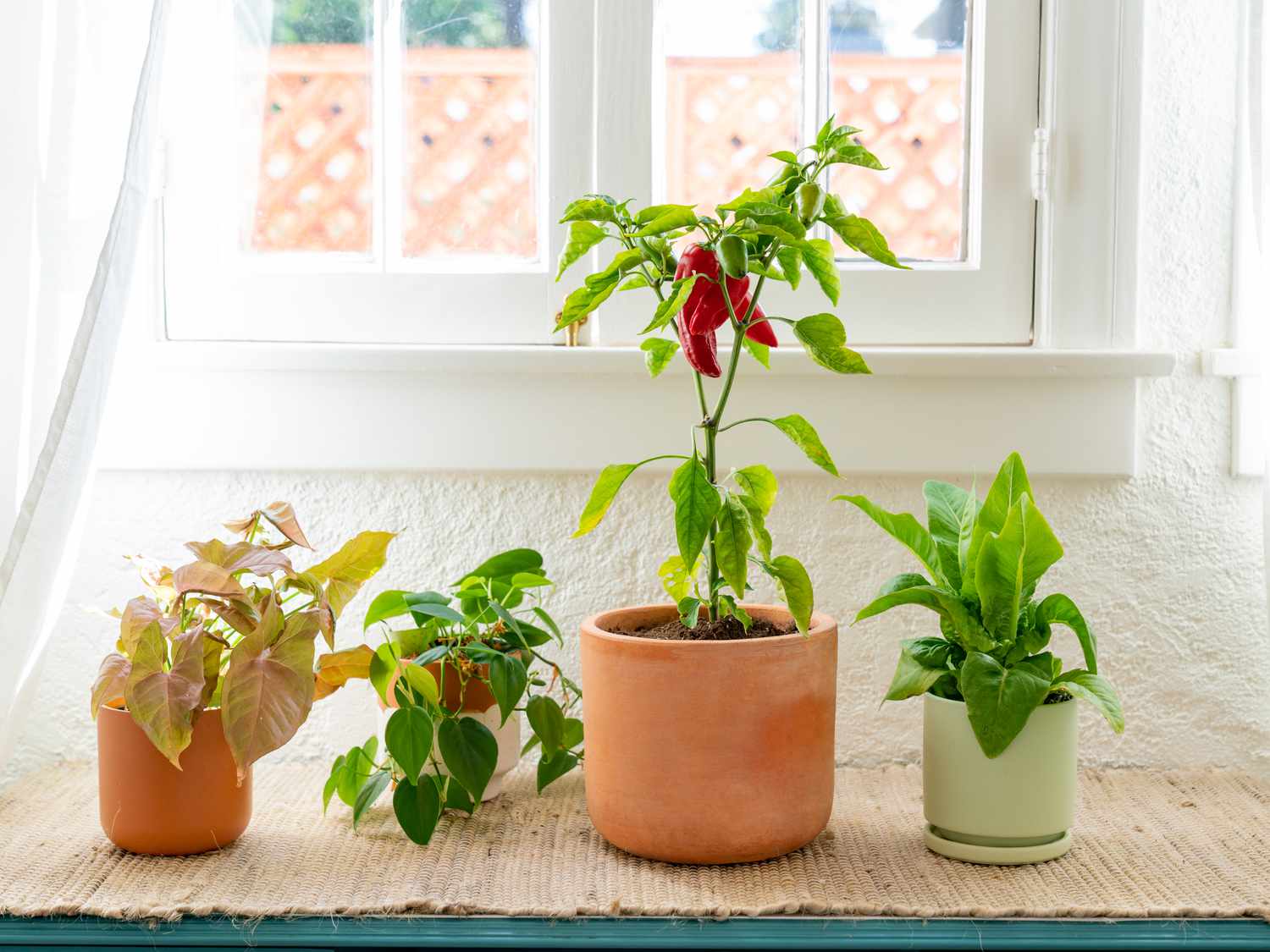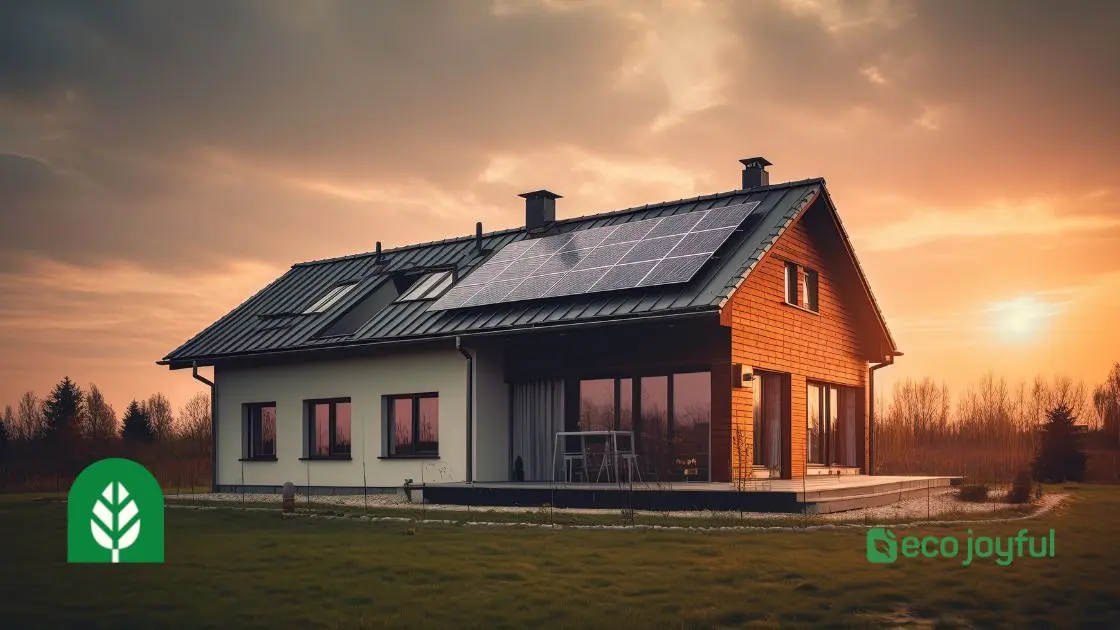How To Grow Winter Vegetables Growing Food At Home, choose cold-hardy crops and provide sufficient sunlight, water, and nutrients. Growing winter veggies is a beneficial hobby for people who love gardening and enjoy fresh produce all year round.
Winter gardening can be a little challenging, as the cold weather and limited sunlight can affect plant growth. However, it’s still possible to grow a wide range of vegetables, and it’s a great way to practice sustainable living. Winter crops are typically hardier and less pest-prone than summer crops, and they can improve soil health by reducing erosion and adding organic matter.
Whether you have a balcony, a backyard, or a large garden space, you can grow winter vegetables with some planning and preparation. We’ll outline some tips and tricks to help you get started.
Benefits Of Growing Winter Vegetables
Winter vegetables not only add variety to your meals, but they also provide many health benefits. Growing winter vegetables at home can be cost-effective, fun, and allow you to have fresh produce during the colder months. Some easy-to-grow options include kale, Brussels sprouts, and winter squash.
Nutritional Benefits
Growing winter vegetables at home comes with numerous benefits, including nutritional advantages. These vegetables are packed with essential nutrients, vitamins, and minerals that are essential for a healthy body. For instance, leafy greens such as spinach and kale contain iron, calcium, and vitamin K. Root vegetables such as carrots and parsnips are rich in vitamin C, antioxidants, and dietary fiber. By incorporating winter vegetables into your diet, you can improve your overall health and wellbeing.
Savings On Food Costs
Another benefit of growing winter vegetables is the savings on food costs. Grocery store prices for fresh produce can be expensive, especially during the winter season when most produce is transported from far distances. However, by growing your own winter vegetables, you can reduce your grocery bills and save money in the long run. Additionally, the initial cost of setting up a home garden is minimal, and you can use the same setup for years to come.
Eco-friendly
Growing winter vegetables at home is not only good for your wallet but also for the environment. Large-scale commercial farming practices involve the extensive use of pesticides, herbicides, and fertilizers, which can harm the environment and pollute the soil. By growing your own vegetables, you can control what goes into the soil and use eco-friendly methods such as composting and natural pest control.
Freshness & Taste
One of the biggest advantages of growing winter vegetables at home is the freshness and taste. Unlike store-bought produce, homegrown vegetables are harvested at the peak of freshness, meaning they are packed with flavor and essential nutrients. Additionally, you have control over the growing conditions, ensuring your vegetables are free from harmful chemicals and pesticides. The result is a delicious, organic, and healthy harvest that can be enjoyed all winter long.

Credit: content.ces.ncsu.edu
Table of Contents
Selecting The Right Vegetables
If you are planning to start a winter vegetable garden, it is important to choose the right vegetables that can withstand the harsh weather conditions. Here are some things to keep in mind when selecting the right vegetables for your garden:
Assessing Your Climate
The first step to selecting the right vegetables is to assess your local climate. Determine the average temperature and the number of frost-free days in your area. Knowing your climate can help you choose vegetables that can thrive in your particular region. For instance, if you live in a region with short growing seasons, you may want to consider vegetables that mature quickly.
Choosing Cold-adapted Varieties
Winter vegetables must be able to adapt to extreme temperatures and frosty weather. Choosing cold-adapted varieties of vegetables is essential to their success in your garden. Consider planting cold-hardy vegetables such as spinach, kale, carrots, and radishes, which can tolerate low temperatures and even frost. Other great options include onions, garlic, turnips, and cabbage. These vegetables can survive in harsh winter conditions and provide you with fresh produce all winter long.
Spacing & Soil Requirements
Before planting winter vegetables, it is important to determine the spacing and soil requirements for each vegetable. Winter vegetables such as broccoli and brussels sprouts require ample spacing and nutrient-rich soil to grow properly. Other vegetables like lettuce and spinach may require more shade and can be planted closer together. Take note of the sunlight and water requirements of the different vegetables and plan your garden accordingly. Remember to give them the necessary care and attention to ensure they grow well and produce a bountiful harvest.
By selecting the right winter vegetables, you can enjoy fresh produce even in the colder months. Don’t let the winter season stop you from growing your own food at home. With a little planning and preparation, you can enjoy fresh, homegrown vegetables all year round.
Preparing Your Garden
Learn how to grow winter vegetables and prepare your garden for the colder months. With the right knowledge and tools, you can enjoy fresh, homegrown food throughout the year.
In order to successfully grow winter vegetables, preparing your garden is a crucial step. This involves clearing and cleaning your garden, preparing the soil, and amending it for cold tolerance. In this section, we will discuss each of these steps in detail.
Clearing & Cleaning Your Garden
Before you start preparing your garden for winter vegetables, it’s important to clear and clean it first. Remove any dead plants or debris, and thoroughly rake the soil to remove any weeds or grass. This will prevent them from competing with your winter vegetables for essential nutrients and sunlight.
Preparing Soil
The next step is to prepare your soil. Winter vegetables require soil that is well-draining and nutrient-rich. Test your soil’s pH level as well as its nutrient content, and adjust accordingly. You can improve soil drainage by adding organic matter like compost or peat moss. Loosen the soil to a depth of at least 12 inches to promote healthy root growth.
Amending Soil For Cold Tolerance
Winter vegetables need soil that can tolerate freezing temperatures. One way to improve cold tolerance is to amend the soil with organic matter like compost or aged manure. This will help to retain moisture and also keep the soil warm. Additionally, you can use mulch to protect your winter vegetables from extreme cold temperatures.
In conclusion, preparing your garden is essential for the successful growth of winter vegetables. By clearing and cleaning your garden, preparing the soil, and amending it for cold tolerance, you can provide your winter vegetables with a healthy environment to thrive in.
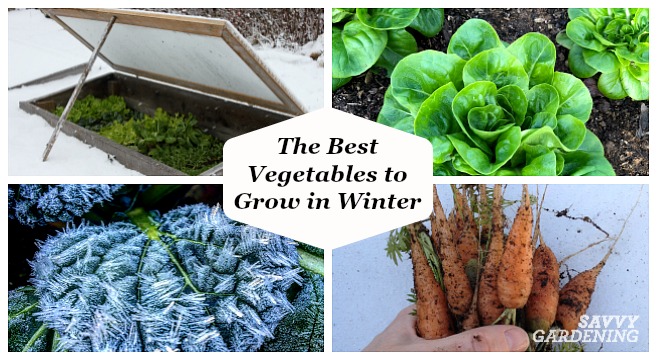
Credit: savvygardening.com
Seed Starting & Transplanting
Start your winter vegetable garden by seed starting indoors. Use high-quality seed-starting soil and follow the recommended planting depth. Once the seedlings have grown their first set of true leaves, transplant them into larger containers or in your garden bed.
If you’re interested in growing your own vegetables, winter is a great time to start. Seed starting and transplanting are essential steps in the process of growing winter vegetables. In this post, we’ll cover everything you need to know about them.
Starting Seeds Indoors
Starting seeds indoors is a great way to give your winter vegetables a head start. It allows you to get a jump on the season and ensures that your plants have plenty of time to grow and mature before the first frost.
To start seeds indoors, you’ll need a few things:
- Containers
- Seed starting mix
- Seeds
- Light source
- Water
To begin, fill your containers with seed starting mix and moisten the soil. Then, plant your seeds according to the instructions on the seed packet. You’ll want to make sure your seeds are placed at the appropriate depth and have plenty of space to grow.
Once your seeds are planted, place them in a warm, sunny location or under a grow light. Keep the soil moist but not waterlogged, and within a few days, you should see tiny seedlings starting to emerge.
Transplanting Seedlings
Once your seedlings have grown a few sets of leaves and are strong enough to handle, it’s time to transplant them into larger containers or directly into your garden.
To transplant seedlings, start by preparing your planting area. If you’re planting in a garden bed, work in some compost or other organic matter to help loosen the soil and improve drainage.
Next, carefully remove your seedlings from their containers, being sure to handle them gently so as not to damage the delicate roots. Plant your seedlings at the appropriate depth in their new location and cover their roots with soil.
After planting, water your seedlings thoroughly and continue to water them regularly as they become established in their new location.
Direct Sowing Seeds
Direct sowing seeds is another option for growing winter vegetables. This method involves planting seeds directly in the ground, rather than starting them indoors and transplanting later.
To direct sow seeds, start by preparing your planting area. Clear away any debris and work in compost or other organic matter to improve soil quality.
Next, plant your seeds at the appropriate depth and spacing, following the instructions on the seed packet. Water your seeds thoroughly, and keep the soil moist until your seedlings emerge.
Direct sowing can be a bit more challenging than starting seeds indoors, but it’s a great option if you have limited space or don’t want to deal with transplanting. With a little patience and care, you’ll soon be enjoying a bountiful harvest of winter vegetables.
Caring For Your Winter Vegetables
Growing winter vegetables is a great way to produce healthy and fresh food during the colder months. By planting properly and ensuring proper light, water, and nutrients, you can maintain yields of various types of vegetables such as kale, spinach, and collards.
With a little bit of care, even novice gardeners can successfully grow winter vegetables and enjoy the fruits (and veggies) of their labor.
Winter vegetable gardening can be a challenging but rewarding activity. Once you have planted your winter vegetable garden, it is necessary to take care of them to ensure a healthy harvest. In this post, we will discuss the essential aspects of caring for your winter vegetables, including watering & irrigation, fertilizing & composting, pest & disease control.
Watering & Irrigation
Watering and irrigation are essential for the growth of your winter vegetables. During the winter, it is crucial to water your plants regularly, but not too often. Overwatering can lead to root rot and other diseases. Here are some tips for watering and irrigation:
- Water your plants deeply and infrequently; too much water can harm the roots.
- Check the soil moisture level before watering; poke a finger into the soil and water only if it feels dry.
- Water early in the day; avoid watering at night, as it can promote disease growth.
- If possible, use drip irrigation to conserve water and reduce disease risk.
Fertilizing & Composting
Fertilizing and composting are crucial for providing your plants with the necessary nutrients and keeping the soil healthy. It is recommended to add compost and organic fertilizers to your garden before planting your winter vegetables. Here are some tips for fertilizing and composting:
- Compost is an excellent source of nutrients for your plants; add compost to your soil before planting.
- Consider using organic fertilizers like fish emulsion, bone meal, and blood meal to provide nutrients for your plants.
- Apply fertilizer and compost to the soil around the base of your plants, taking care not to get any on the leaves.
- Avoid overfeeding your plants, as it can lead to burning of roots or foliage.
Pest & Disease Control
Keeping your plants healthy means protecting them from pests and diseases. Winter vegetables are susceptible to various pests and diseases, so proper pest and disease control is essential to grow healthy plants. Here are some tips for pest and disease control:
- Companion planting helps to deter pests and provide natural pest control. For instance, planting onions with carrots repels carrot fly.
- Practice crop rotation; this helps to reduce soil-borne diseases that affect specific vegetable families.
- Use organic pest control methods such as insecticidal soap, neem oil, and diatomaceous earth.
- Monitor your plants frequently, and take quick action when you detect any pests or diseases.
In conclusion, caring for your winter vegetables is essential to ensure a healthy harvest. When you provide your plants with the right amount of water, nutrients, and protection from pests and diseases, you will enjoy a bountiful winter vegetable garden.
Harvesting & Storing Your Vegetables
Learn how to grow winter vegetables at home with the right harvesting and storing techniques. Properly storing your vegetables can ensure they stay fresh, prevent disease, and save you money in the long run.
Growing winter vegetables is a rewarding and healthy way to keep fresh produce on your plate all season long. However, it’s equally important to know when and how to harvest your vegetables, and to store them properly to make them last. In this section, we’ll discuss Knowing When To Harvest, Proper Harvesting Techniques, and Storing Vegetables Correctly.
Knowing When To Harvest
Harvesting vegetables at the right time is crucial. If you wait too long, they may become overripe and lose their flavor. On the other hand, if you harvest them too early, they may not reach their full potential. Here are some tips on how to tell when to harvest common winter vegetables:
| Vegetable | Harvest Time |
|---|---|
| Carrots | After the foliage has died down, around 2-3 months after planting. |
| Broccoli | Harvest the heads when the buds are firm and tight – usually around 70-100 days after planting. |
| Spinach | Harvest individual leaves as they become large enough to eat, usually 25-40 days after planting. |
Proper Harvesting Techniques
Once you’ve determined that it’s time to harvest your vegetables, you should use the appropriate technique depending on the type of vegetable. Here are some general guidelines:
- Carrots: Loosen soil around the carrot and pull them out gently by the greens.
- Broccoli: Cut the main head with a sharp knife leaving some stem attached (often a second harvest is possible, but the secondary harvest will be smaller).
- Spinach: Snap the larger outer leaves off at the stem.
Remember to be gentle when handling your vegetables as they’re delicate and can bruise easily.
Storing Vegetables Correctly
Proper storage is key to keep your vegetables fresh and tasty for as long as possible. Here are some tips on how to store common winter vegetables:
- Carrots and root vegetables: store in a cool, dark place (like a pantry or root cellar) at 32-40 degrees F.
- Broccoli and greens: store in the refrigerator at 32-40 degrees F.
- Winter squash: store in a cool, dry place at 50-55 degrees F.
Make sure to remove any foliage or stems attached to your vegetables before storing them, as they can cause decay and spoilage. Additionally, avoid storing your vegetables with fruits like bananas and apples, as these emit a gas that can cause produce to ripen and spoil faster.
By following these guidelines for harvesting and storing your winter vegetables, you can enjoy fresh, delicious produce all winter long.
Recipes For Winter Vegetables
Grow fresh and nutrient-rich winter vegetables at home with ease by following some simple tips and tricks. Explore a plethora of winter vegetable recipes to warm you up this season while enjoying the taste and health benefits of homegrown produce.
Winter is the time when most people give up on gardening or growing vegetables due to the harsh weather outside. But that shouldn’t stop you from enjoying your homegrown produce even during the winter season. With the right approach and knowledge, you can grow winter vegetables and enjoy fresh, organic produce all year round. In this article, we will be discussing some of the best recipes for winter vegetables that you can try at home.
Roasted Root Vegetables
Roasting root vegetables is an excellent way to bring out their natural sweetness and rich flavors. You can use any root vegetable such as carrots, turnips, parsnips, sweet potatoes or beetroot. Simply chop them into cubes, drizzle some olive oil, and sprinkle salt and herbs. Roast them in the oven at 375°F for 30-40 minutes until they are crispy and golden brown. You can serve them as a side dish or add them to your salads or soups for added nutrition.
Winter Vegetable Soup
A piping hot bowl of vegetable soup is perfect for the chilly winter evenings. You can use a combination of any winter vegetables such as cauliflower, broccoli, carrots, kale, celery, onions or potatoes. Saute the vegetables in a pot with some olive oil and herbs until they are soft. Add vegetable stock, salt, and pepper and let the soup simmer for 20-30 minutes. Blend the soup to a creamy consistency and serve hot with some crusty bread.
Crispy Kale Chips
Kale is one of the healthiest greens that you can grow in your garden during the winter season. Making crispy kale chips is a delicious way to enjoy this nutrient-dense green. Preheat the oven to 350°F. Wash the kale leaves thoroughly, remove the stems, and tear them into bite-size pieces. Massage the kale leaves with some olive oil, salt, and pepper. Bake them in the oven for 10-15 minutes until they are crispy and brown. Serve them as a healthy snack or a side dish with your meals.
In conclusion, growing winter vegetables is a fantastic way to stay connected with nature and enjoy fresh, organic produce all year round. With these delicious recipes, you can create healthy and tasty dishes using the vegetables from your garden. So, start planning your winter garden and get ready to savor the flavors of the season.

Credit: www.finegardening.com
Conclusion
Growing winter vegetables at home is a simple process that can provide plenty of healthy, fresh produce during the colder months while also saving on grocery costs. By choosing the right crops, preparing the soil, and providing proper care, you will be able to enjoy nutrient-rich greens, roots, and grains even when the weather outside is frightful.
With a little bit of effort, you can turn your garden into a valuable resource and enjoy the benefits of homegrown food all year round.





